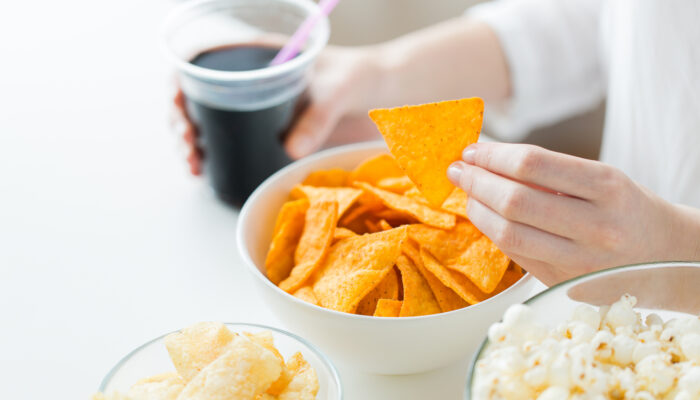
The Best and Worst Foods for Anemia
Iron deficiency, anemia of inflammation, vitamin deficiency anemias, aplastic anemia, and sickle cell disease are some of the most common types of anemia. Nearly one billion people worldwide suffer from iron deficiency-related anemia. The side effects of sickel cell disease and other types of anemia include fatigue, muscle weakness, dizzy or lightheaded feeling, pale or yellowish skin and shortness of breath.
Anemia can also cause headaches, cold extremities, or even chest pain. Maintaining a healthy diet plays an important role in living with anemia, and doctors will often recommend incorporating nad avoiding certain foods, such as:
1. Red meats
Red meat is a good source of iron, which can help fight off the negative effects of anemia caused by iron deficiency. Beef liver contains 3.5 mg of iron per serving. Aside from liver, cooked beef is still a good, iron-rich option at 2.1 mg of iron in each serving.
2. Seafood
Seafood and shellfish are also great sources of iron. Mussels and oysters both have as much iron as beef liver. Sardines have over 2 mg of iron in a three-ounce serving and are also a good way to get omega 3 essential fatty acids.
3. Leafy greens
Dark green leafy vegetables like spinach, kale and collard greens should be part of any diet meant to combat anemia. Spinach, for example, has about ten percent more iron than an equivalent amount of beef, and over two times as much iron as salmon. Due to the light weight of these leafy foods, cooking might make it easier to get enough of them on your plate or incorporate them into a smoothie.
4. Beans
Beans are an amazing source of iron. A cup of soybeans has almost 9 mg of iron. Natto, which is made from fermented soybeans, provides over 80% of the recommended daily intake per cup. As well as providing iron, soybeans contain protein, calcium and magnesium. Lentils also supply iron, with significant protein, fiber and folate, as well as complex carbs and manganese.
5. Coffee and tea
Tea or coffee or other caffeinated drinks should be avoided. Drinking a single cup of coffee with a hamburger might reduce absorbed iron by almost 40%. Instant coffee could be even worse, preventing the body from absorbing as much as 90% of the iron in a meal. The studies seem to show that stronger coffee is worse.
6. Dairy products
Milk and dairy products can also contribute to an iron deficiency. Milk makes it harder for the body to absorb iron and is also not a good source of iron in the first place. Drinking too much milk can lead to eating lower amounts of food, and food is typically the major source of iron in any diet. Further, the intestines might lose tiny amounts of blood due to consumption of animal milks, like cow’s milk, and iron is lost with the blood.
7. Foods high in tannins
Foods that contain tannins are often thought to be great sources of antioxidants, but these tannins reduce the availability of iron before it is even absorbed. They combine with iron to form mineral complexes which the body cannot absorb. This makes drinks like tea even worse, as they contain both caffeine and tannins. Other foods high in tannins are red wine, grapes, cranberries, strawberries, blueberries, apples, apricots, barley, peaches, and dried fruits.
Keeping all these things in mind, planning a healthy diet is an important part of living with anemia. Eating the right foods, elevating iron intake while taking care not to inhibit its absorption, can help lessen the symptoms. It can potentially eliminate them entirely.



